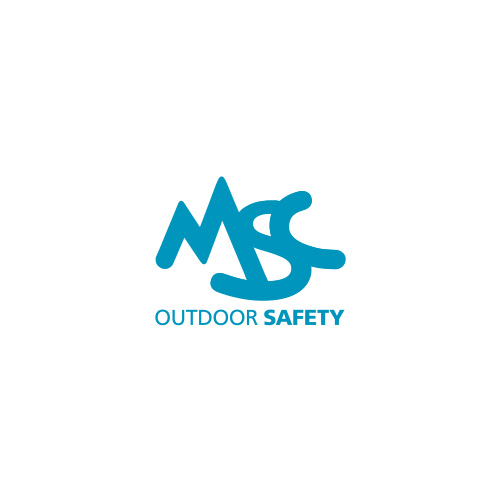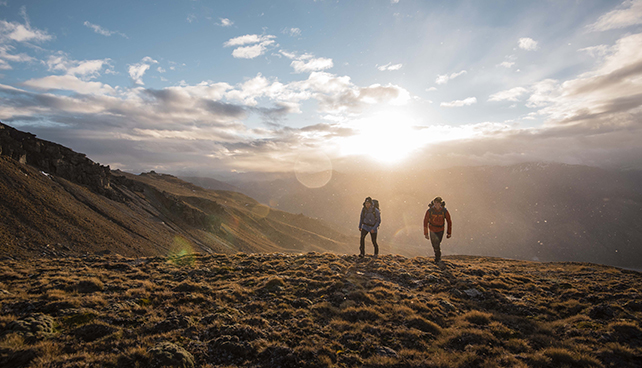
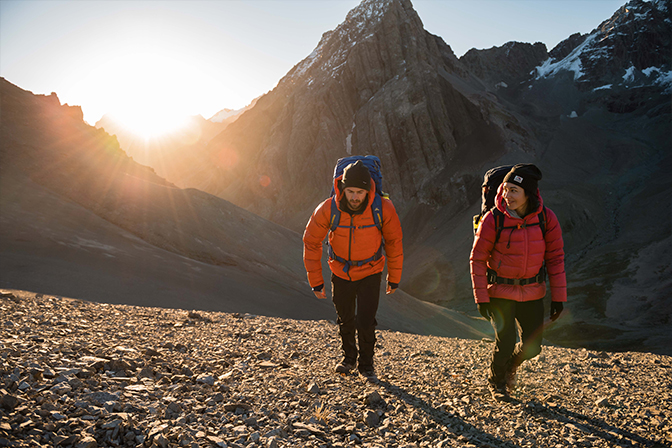
The tendency to hibernate in winter is not uncommon in the animal kingdom, and that includes humans. But when it comes to getting outdoors, we think you’re missing a trick if you don’t make the most of what winter has to offer: empty trails, fresh powder, and the beauty of our unique landscape when it’s under a snowy blanket. However, safety is more important than ever in winter. Our friends at the Mountain Safety Council's Plan My Walk app have put together a series of useful winter safety tips to help you make it home from your cold weather missions.
Dress for the conditions
Dressing for a winter adventure is all about layering, breathability and heat retention. Breathable, moisture-wicking fabrics remove sweat and keep you dry, which keeps in the warmth. Follow this up with a down or synthetic insulating layer to get maximum heat retention close to the body. Finally, add an outer shell to keep the rain and wind away. Learn more about correct clothing and layering by watching the MSC get outdoor series.
Beware the Backcountry
Planning an adventure in the backcountry? Then you’ll need to make sure you are aware of the weather and avalanche forecasts. The New Zealand Avalanche advisory (NZAA) is a public avalanche forecast provided by the MSC for recreationalists in New Zealand’s alpine terrain. It provides information about the snowpack, avalanche concerns and occurrences as well as danger ratings for the various regions and elevation bands.
With the right training, skills and gear, getting out into the backcountry during winter can be an unforgettable experience. But you need to be aware that the consequences of errors in judgement can be severe. Whether you’re hiking, mountain biking, skiing, mountaineering or hunting, make sure you share your plans with family and friends, and always keep an eye on conditions – check out the MSC’s trip planning tool for more details on how to do this.
All the gear is the right idea
Travelling in alpine terrain (especially in snow) requires additional equipment. At a minimum, everyone in your party should be carrying a beacon, shovel and probe. This is the essential gear required to rescue someone who has been caught in an avalanche. However, it’s important to note that this is rescue gear, not safety gear. Knowing how to use the equipment is essential, but you need to take every possible measure to avoid having to use it.
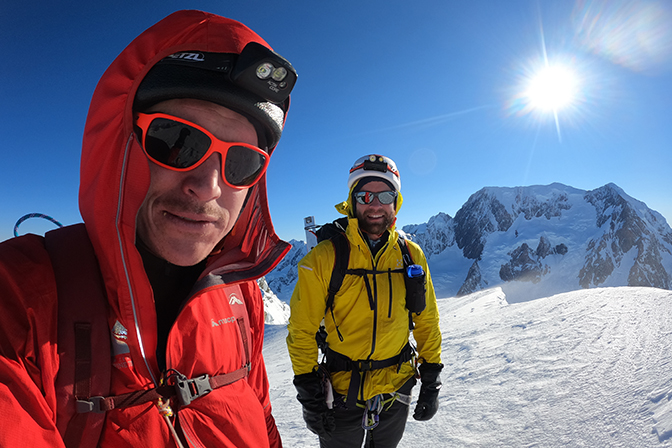
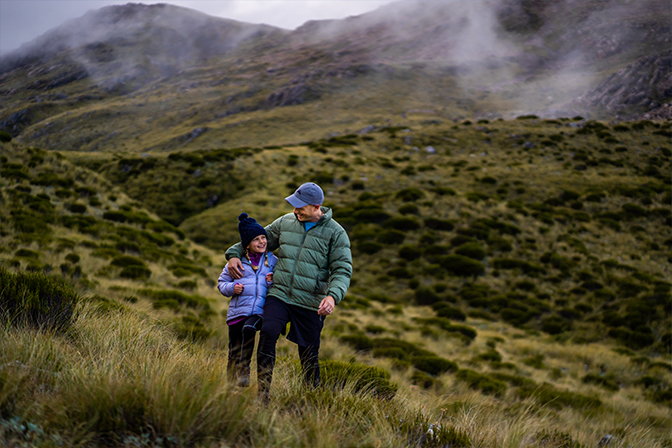
Spare clothes
If you are planning on staying out overnight make sure you have a dry set of clothes. It sounds obvious, but sleeping in damp clothes can cause your body temperature to plummet. Two super handy warmth hacks to remember: firstly make sure you change your base layer to a fresh one as soon as you stop for the night. This will ensure you are completely dry before hitting the hay. Secondly, make sure you have a drink bottle that can hold hot water. Either heat the water in a pot over a fire, or bring a heat retaining bottle filled with hot water from home. Wrap it in a shirt and put it in your sleeping bag with you. It will act as an improvised hot water bottle, heating the layer of air between you and the wall of your sleeping bag, which is the key to maintaining warmth when you’re camping.
Take this knowledge with you into the backcountry this winter, and avoid taking unnecessary risks. The stakes are always high when you’re exploring a remote area, but winter weather can turn a mishap into an emergency in the blink of an eye.
